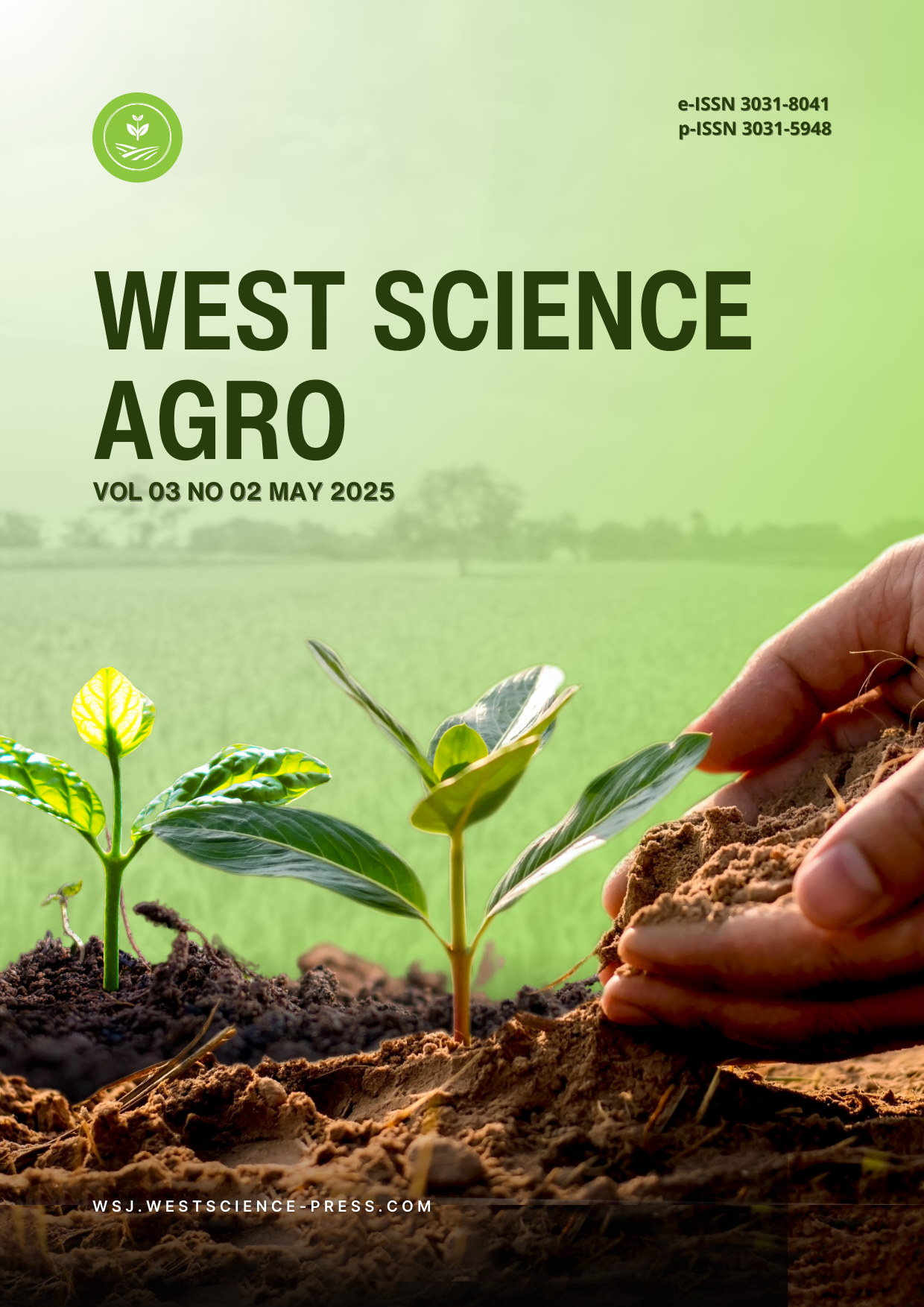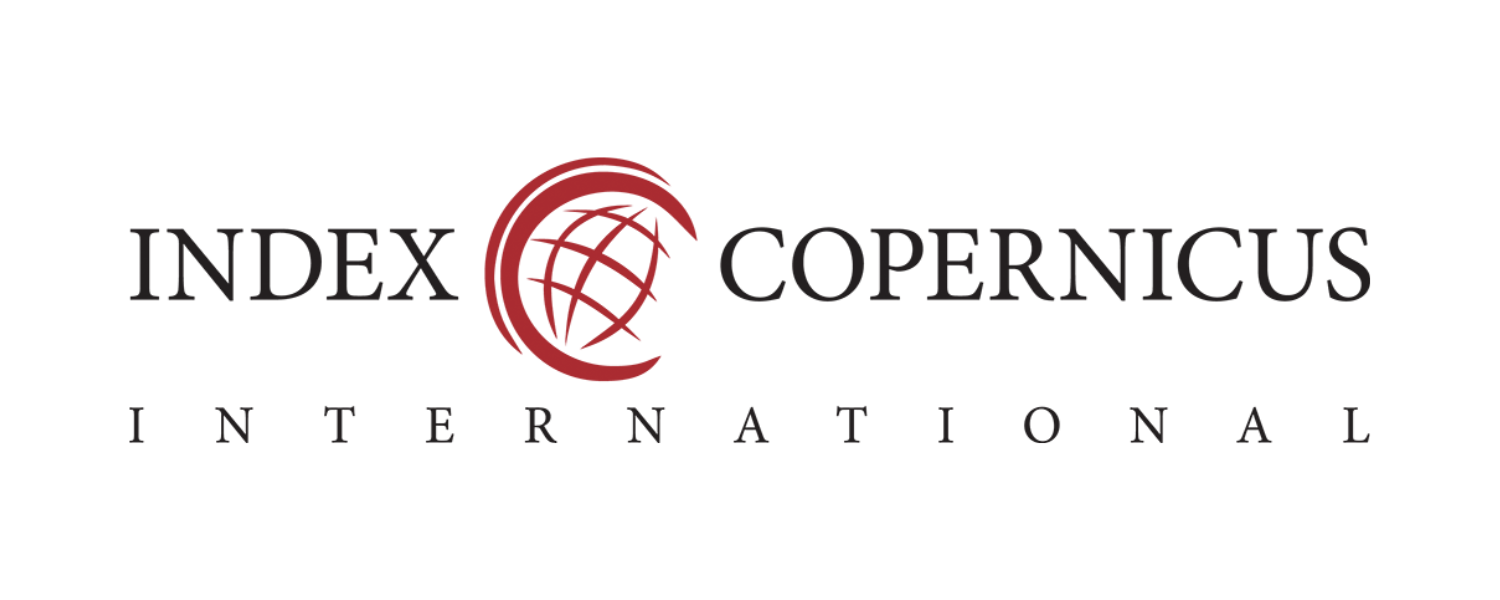The Contribution of Food Commodities to Inflation Rates: A Case Study of Agricultural Products in Region X
DOI:
https://doi.org/10.58812/wsa.v3i02.1936Keywords:
Agricultural Inflation, Pricing Mechanisms, Supply Chain Inefficiencies, Farmer Livelihoods, Policy InterventionsAbstract
This study investigates the contribution of agricultural products to inflation rates in Region X, Indonesia, using a qualitative approach. Based on interviews with five farmers, the research identifies key factors influencing agricultural production and their link to inflationary pressures. Findings reveal that fluctuating input costs, climate variability, and supply chain inefficiencies significantly impact production levels and pricing mechanisms. Intermediaries play a dominant role in determining prices, creating a gap between farm-gate and market rates. Socio-economic vulnerabilities, including farmers' dual roles as producers and consumers, exacerbate the challenges posed by inflation. The study highlights the need for policy interventions, such as improved infrastructure, price stabilization mechanisms, and enhanced bargaining power for farmers, to address these issues. These findings contribute to a deeper understanding of inflation dynamics and the socio-economic challenges faced by smallholder farmers in Indonesia.
References
[1] D. C. Darma, T. Pusriadi, and Y. P. Hakim, “Dampak kenaikan harga komoditas sembako terhadap tingkat inflasi di Indonesia,” in Seminar Nasional Dan Call for Paper: Manajemen, Akuntansi Dan Perbankkan, 2018, pp. 1048–1074.
[2] O. Helbawanti, W. A. Saputro, and A. N. Ulfa, “Pengaruh harga bahan pangan terhadap inflasi di Indonesia,” AGRISAINTIFIKA J. Ilmu-Ilmu Pertan., vol. 5, no. 2, pp. 107–116, 2021.
[3] A. R. Farandy, “Analyzing factors affecting Indonesian food price inflation,” J. Ekon. Dan Pembang., vol. 28, no. 1, pp. 65–76, 2020.
[4] D. J. Irawati, “DAMPAK FLUKTUASI HARGA KOMODITAS PANGAN TERHADAP INFLASI DI PROVINSI RIAU,” Agrifo J. Agribisnis Univ. Malikussaleh, vol. 7, no. 1, pp. 65–74, 2022.
[5] M. Sulhan, H. Pratikto, I. Mukhlis, P. Handayati, and M. I. H. Zain, “Financial Behavior Dynamics of MSME Actors: A Contemporary Islamic Financial Management Study on Literacy, Attitude, Intention, Personality, and Legal Aspects,” MILRev Metro Islam. Law Rev., vol. 4, no. 1, pp. 129–155, 2025.
[6] C. J. Anwar, I. Suhendra, A. Srimulyani, V. M. Zahara, R. A. F. Ginanjar, and S. C. Suci, “Food Price and Inflation Volatilities during Covid-19 Period: Empirical Study of a Region in Indonesia,” WSEAS Trans. Bus. Econ., vol. 20, pp. 1839–1848, 2023.
[7] L. McGranahan, “Food prices and the inflation experiences of low-income households,” Profitwise,(Dec), pp. 8–16, 2008.
[8] D. Furceri, P. Loungani, J. Simon, and S. M. Wachter, “Global food prices and domestic inflation: some cross-country evidence,” Oxf. Econ. Pap., vol. 68, no. 3, pp. 665–687, 2016.
[9] L. Setiartiti, “Critical point of view: The challenges of agricultural sector on governance and food security in Indonesia,” in E3S Web of Conferences, EDP Sciences, 2021, p. 1034.
[10] P. Ordóñez de Pablos, M. N. Almunawar, and M. Anshari, Strengthening Sustainable Digitalization of Asian Economy and Society. IGI Global, 2024.
[11] 吴崇伯, “印尼农业发展成就, 政府扶助农业的主要政策措施及存在的问题,” 南洋问题研究, vol. 1, 2009.
[12] C. Mile, “Agricultural production and policy in Indonesia in the last two decades–tasks and challenges,” Reg. Bus. Stud., vol. 1, no. 1, pp. 23–34, 2009.
[13] A. Prabowo and M. Pudjianto, “LOGISTICS COSTS OF RICE AND SOYBEAN: Issues, Challenges, and the,” Mod. Indones. Agric., p. 123, 2023.
[14] A. Adam, D. Herbowo, and T. Puliwarna, “Pengaruh Lokasi Dan Sarana Transportasi Terhadap Distribusi Logistik Di Wilayah Koarmada Iii,” J. Manajerial, vol. 20, no. 1, pp. 107–119, 2020.
[15] E. Suryani and E. Darmawati, “Kinerja Rantai Pasok, Dinamika, dan Pembentukan Harga Beras di Jawa Tengah,” Anal. Kebijak. Pertan., vol. 17, no. 1, pp. 39–58, 2019.
[16] O. Causa, E. Soldani, N. Luu, and C. Soriolo, “A cost-of-living squeeze? Distributional implications of rising inflation,” 2022.
[17] K. E. Israel and G. Charity, “Food Inflation and the Nigerian Economy: An Empirical Investigation,” Int. J. Res. Innov. Soc. Sci., vol. 8, no. 11, pp. 3455–3465, 2024.
[18] A. Q. Olufemi-Phillips, A. N. Igwe, O. C. Ofodile, and N. Louis, “Analyzing economic inflation’s impact on food security and accessibility through econometric modeling,” Int. J. Green Econ., 2024.
[19] O. Analytica, “Persistently high food prices hit economic development,” Emerald Expert Briefings, no. oxan-db, 2022.
[20] X. Zhao et al., “Impacts of interannual climate and biophysical variability on global agriculture markets,” 2020.
[21] R. Anand, N. Kumar, and M. V. Tulin, Understanding India’s food inflation: The role of demand and supply factors. International Monetary Fund, 2016.
Downloads
Published
Issue
Section
License
Copyright (c) 2025 Supriandi, Muhammad Safii

This work is licensed under a Creative Commons Attribution-ShareAlike 4.0 International License.






















 Instagram
Instagram 